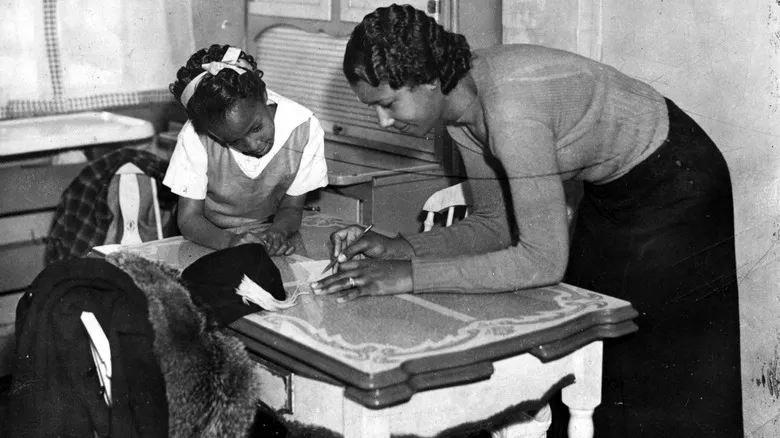The pros and cons of permanent shopping lists

There are various versions of this item, but a popular one from the 1950s frequently appears on social media. Known as a "memorandum device" in its 1949 patent, it features two metal plates with "indica" (metal tabs) placed at regular intervals. One side displays common grocery items such as bread, cake, noodles, oil, and poultry, alongside the indicators. Shoppers simply had to move the tabs to indicate which items they needed. While some social media posts have dated this version to the 1920s, it likely emerged after World War II, as suggested by the patent and the inclusion of items like "Frozen Food."
This tool appears to be a practical solution for organizing refrigerators and pantries. Roughly the size of a small smartphone, it is reusable and serves as a reverse shopping list, helping users identify what they don’t need to buy. However, it does have its limitations. When the national diet primarily revolved around pot roasts and white bread, the concept likely functioned well. Today, however, grocery store aisles are filled with diverse culinary options from around the globe. In an era of increasingly specific diets and allergies, it’s difficult to envision a one-size-fits-all list that doesn’t account for dairy-free, gluten-free, or nut-free choices.
A culinary time capsule

If you're part of Generation X or older, you may have encountered these shopping tablets in your parents' or grandparents' homes. They can still be found in antique shops and on eBay. Interestingly, similar permanent grocery lists were also prevalent in England and France. While many of these were made of metal and designed to be portable, larger wooden or metal versions likely remained in the kitchen, functioning like an early whiteboard.
These boards, popular in the mid-20th century, offer a glimpse into a world filled with unique ingredients and dishes. For instance, the most frequently seen version online lists noodles and spaghetti as separate items and uses the older spelling "catsup" for ketchup. A vintage British variant includes items like coal, chutney, turpentine, and sago (a thickening agent). Although these metal wonders are no longer produced on a large scale, contemporary artisan versions with modern labels such as pizza and pet food are now available. Instead of being taken to the store in place of a smartphone, these decorative pieces are intended for display in kitchens or pantries.
One individual Chowhound spoke with on Facebook expressed a strong dislike for using the device as a child. "It was an awkward thing to hold," recalls Donna Spetrini, a retired food writer. "My mom was always misplacing it at the bottom of her purse." Due to its limited options, "She always had to keep an additional written list of items that weren't included on the device."
Recommended

What Exactly Are Fish Balls Made Of?

How Steak And Eggs Became A Breakfast Icon

The Exact Difference Between Gingerbread And Ginger Snaps

The History Of How Ham Sandwiches Became A Detroit Staple
Next up

